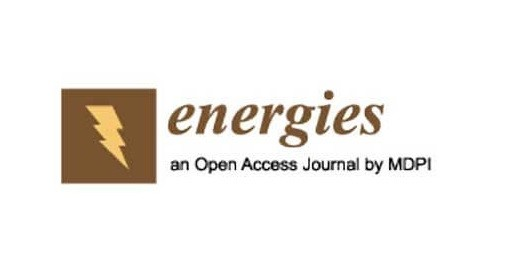W wyniku prac badawczych prowadzonych w ramach projektu RID powstał artykuł opublikowany w czasopiśmie Energies (IF: 3.252, 140 pkt MEiN).
Szychta L., Jankowski-Mihułowicz P., Szychta E., Olszewski K., Putynkowski G., Barczak T., Wasilewski P.: The Dielectric Properties of Worker Bee Homogenate in a High Frequency Electric Field, Energies, Vol. 15, No. 24, 9342, 2022 (DOI: 10.3390/en15249342).
Abstrakt
Tkanki biologiczne, w tym tkanki owadów, zaliczają się do stratnych materiałów dielektrycznych. Właściwości przenikalności elektrycznej tych materiałów są opisane przez współczynnik strat ɛ i tangens strat tgδ. Właściwości dielektryczne homogenatu ciała pszczoły miodnej robotnicy są badane w zakresie wysokich częstotliwości od 1 MHz do 6 GHz. Homogenat jest wytwarzany przez mieszanie całych pszczół robotnic i badany za pomocą epsilometru firmy Compass Technology oraz wektorowego analizatora obwodów VNA firmy Copper Mountain Technologies. Ze względu na swoją konsystencję próbki homogenatu są umieszczane w woreczkach poliuretanowych. Zmierzona przenikalność elektryczna odnosi się do dwóch składników próbki: homogenatu i poliuretanu. Dla pięciu próbek określono dwa ekstrema dla przenikalności elektrycznej, współczynnika strat ɛ i tangensa strat tgδ, dla zakresu częstotliwości 20 ÷ 80 MHz i 3 GHz. Do określenia właściwości dielektrycznych homogenatu zastosowano cztery techniki badania przenikalności elektrycznej w tkankach biologicznych. Opracowano model obliczeniowy charakteryzujący się minimalnym błędem pomiaru współczynnika stratności ɛ i tangensa stratności tgδ. Opisano moc pochłanianą na jednostkę objętości dla całego zakresu częstotliwości.







